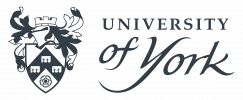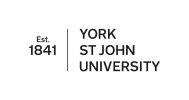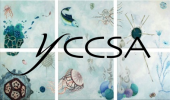© Pint of Science, 2024. All rights reserved.
Food! With an ever-growing population and an expected 2 billion more of us to feed by 2050 - join us for a night of discovering how the human population has shaped agriculture, and also how agriculture has shaped us.
Uncorking the history of winemaking with ancient DNA
Dr. Nathan Wales
(Lecturer )
Dr Nathan Wales is a lecturer in the Department of Archaeology at the University of York. Nathan is based at BioArCh, a facility where researchers examine archaeological samples for traces of ancient proteins, lipids, and stable isotopes. Nathan directs BioArCh’s ancient DNA laboratory where he investigates how past peoples farmed species like maize, sunflower, and grapes. By characterizing genetic material from ancient crops, Nathan seeks to understand how agriculture changed through time and how these changes impacted the lifestyles of past societies.
From Field to Fork: The Contribution of Microbes to Sustainable Agriculture
Philip Brailey-Jones
(PhD student in Biology at York)
Microbes have played an integral part in the development of human agriculture throughout our existence. They’ve played both an adversarial role and that of an unlikely ally; through food spoilage, fermentation and providing ecosystem services to farms. The relevance of microbes, and their diversity and services has become increasingly important as global population booms, land degradation and climate change threaten to impact crop yields. This talk will highlight some past contributions of microbes to our food and their potential future contribution towards a more sustainable agriculture.
If it’s bad for the bees, is it bad for the birds?
Rosie Lennon
(PhD student in Environment at York)
Neonicotinoids are the most common group of insecticides used worldwide, however little is known about the impact they have on farmland birds. An important first step is to find out whether wild birds ingest neonicotinoid-treated seeds during standard agricultural practice. Current risk assessments assume that the majority of treated seeds will be buried after sowing, but is this actually the case? By collecting and analysing samples from multiple farmland bird species from the UK (such as yellowhammer and tree sparrow), we hope to answer this important research question.
Map data © OpenStreetMap contributors.


